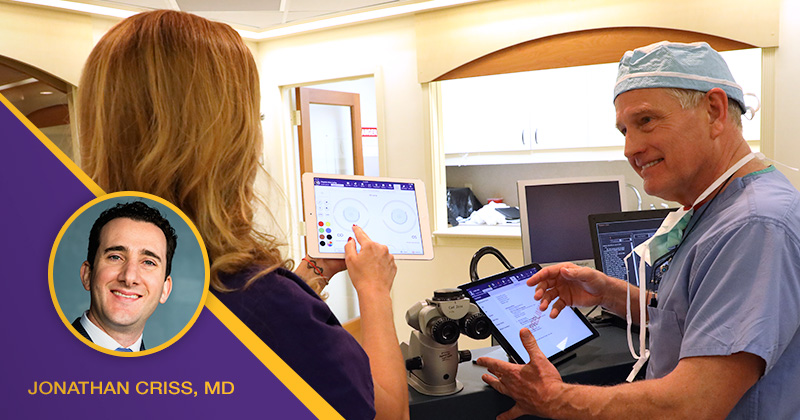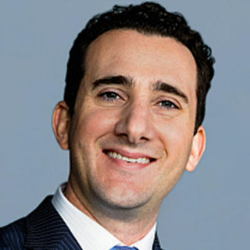The Power is in Your Hands

How ophthalmologists and practice managers can help improve today’s EMR technology
I am of the generation of ophthalmologists that has been working with electronic medical record (EMR) systems since the beginning. I was a chief resident when my practice converted to a hospital server-based EMR. After graduation, I worked in a practice with a different server-based solution. Although it was considered advanced at the time, this EMR system’s ability to generate ophthalmic drawings was limited, and, if there was a problem in the server room, there was a problem for the entire practice. To top things off, the practice had to devote much time and effort to making the EMR system usable and specific to ophthalmology.
Prioritizing Customer Feedback
Thankfully, today’s cloud-based EMR systems are much more sophisticated, offering such benefits as real-time updates, the security of data storage in the cloud, and the ability to access patient records on the fly from virtually anywhere with an Internet connection. I’m excited to be practicing at a time when some of the companies in this space really put ophthalmologists first. They have MDs coding the software and working with computer programmers, and they are working directly with ophthalmologists in the field, for example, hosting focus groups, to help improve their systems.
Indeed, the best health IT system vendors rely heavily on the input of their customers. Almost everything we do at Modernizing Medicine®, for example, is based on customer feedback. We leverage many ways to solicit feedback from our EMR system users, including telephone and email support and web-based forums, during which our users can post suggestions or ask for help with various issues. We also have a robust user-experience (UX) team, which leads many customer-facing initiatives.
In addition, we host an annual users’ conference in Florida, where hundreds of practices from across the U.S. join us for on-site training, lectures, free-form feedback sessions, and user-experience workshops. We have even created advisory boards consisting of customers and opinion leaders from the various ophthalmology subspecialties, including doctors and practice managers. We periodically gather with these clinicians and professionals, either virtually or on-site in Florida, to discuss industry trends and ways to enhance our EMR system and software solutions.
By meeting face-to-face with our users, we have the opportunity to learn from each other to improve our EMR systems and technology. By actively seeking user feedback in a focused environment, we’re able to effectively address user concerns and provide guidance on how to use our products effectively and efficiently. Whenever we receive user feedback, whether on a new feature, a new procedure, a new way of documentation, or a need for improvement, we first try to determine if it is a one-time issue for a particular customer, or if it is part of a larger trend that might benefit from further software development. If we think the issue is one that requires further development, then we set about designing and programming a solution, testing the solution, then releasing it to the customers. This sort of 360-degree feedback is important to us, and it has resulted in improvements in our products.
For example, ophthalmologists sometimes have to prescribe specially compounded or fortified medications for patients with aggressive corneal ulcers or other conditions. We recently added a feature to accomplish that. We also enhanced our EMR system with what we call “advanced mode,” which employs innovative technology to help users quickly document even the most unusual of findings.
These updates are now live in every ophthalmology practice that uses our EHR, EMA™ — and are the direct result of our clients voicing their needs and opinions
Working Together to Improve Technology
These are just two examples of improvements that resulted directly from user feedback. The takeaway is that no ophthalmologist — whether in solo practice or part of a multispecialty group — should underestimate his or her power to help vendors improve their EMR systems.
Good ideas can come from anywhere; a good company can learn from its customers if it is willing to listen. I would strongly encourage any ophthalmologist interested in EMR or practice management systems to become more involved with their own EMR vendor. It can only serve to improve their own happiness — and potentially that of the larger eyecare community — with the company’s products.
